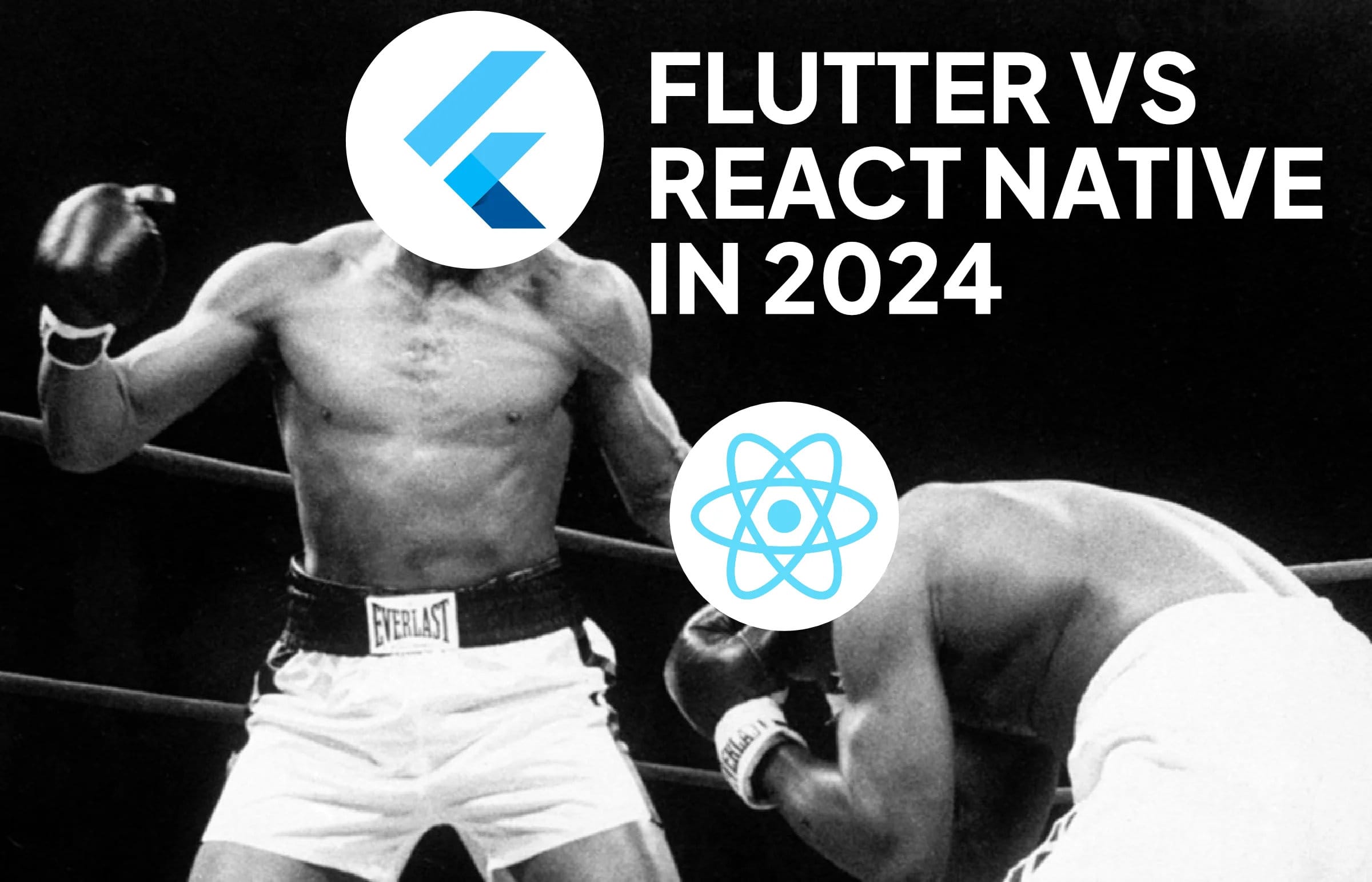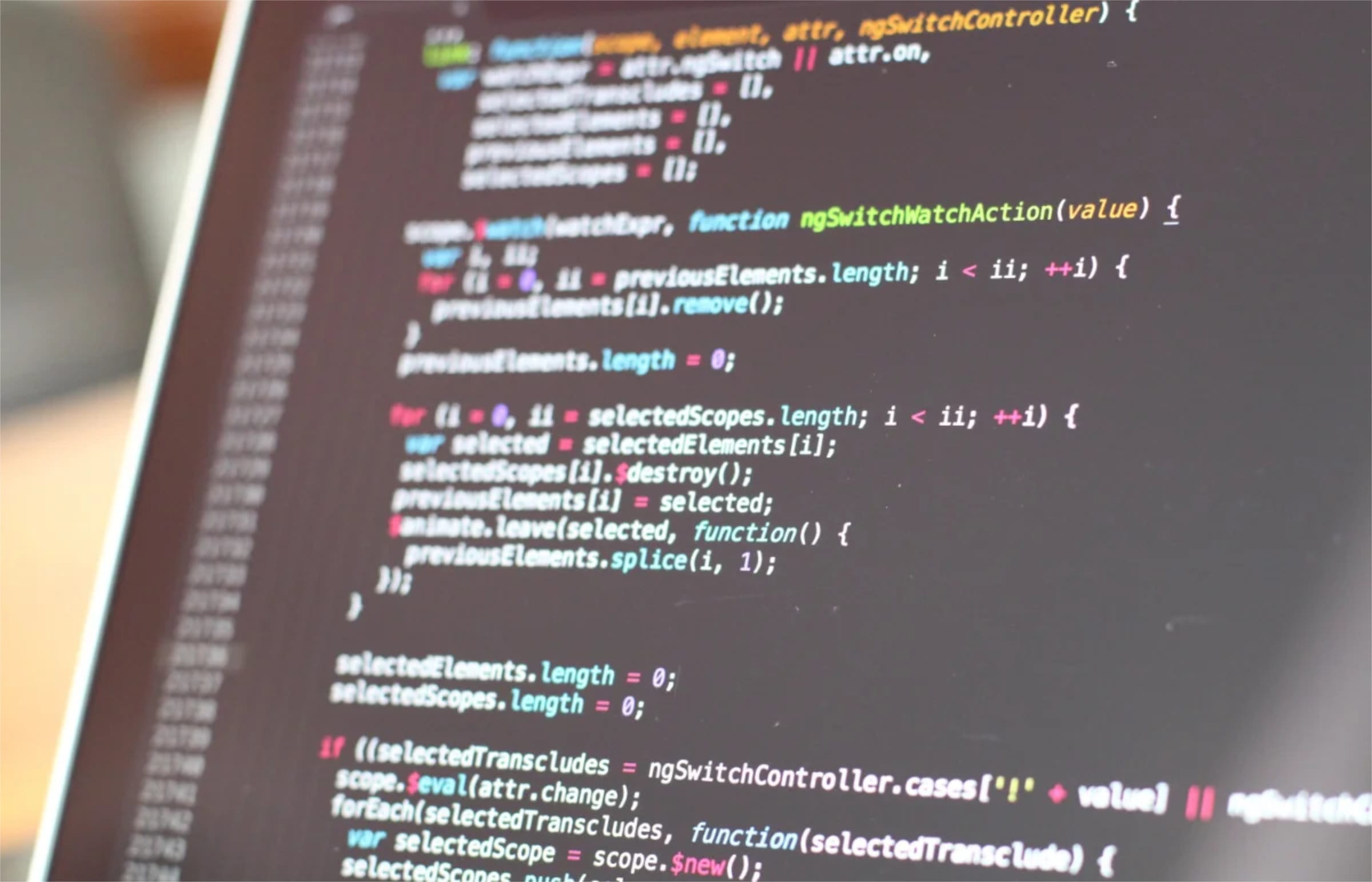
Choosing the right framework for your cross-platform mobile app is a big decision! Today, the spotlight is on Flutter and React Native, two titans in the app development world. Let's dive into their histories, strengths, and the powerful communities backing them – you'll be equipped to make the best choice for your project!
React Native: The JavaScript Veteran
Born at Facebook and released in 2015, React Native revolutionized app development. By leveraging the power of JavaScript (one of the world's most popular programming languages), it allows web developers to easily craft native-quality mobile apps.
React Native's popularity skyrocketed, thanks to its familiarity for web devs and the massive pool of existing JavaScript resources it can tap into.
Flutter: Google's Polished Gem
Introduced by Google in 2017, Flutter took a different approach. It uses its own language (Dart) and a powerful rendering engine to create stunning, high-performance apps.
Flutter's focus on smooth UI, fast development tools, and beautiful widgets has charmed developers seeking a more structured approach to cross-platform apps.
The Race for the Top
Both frameworks are constantly evolving, pushing the boundaries of what's possible for apps running on both Android and iOS devices. They boast vibrant communities and strong backing – Facebook behind React Native, and Google behind Flutter.
In the following sections, we'll explore performance, development speed, the look and feel of your app, and much more. Get ready to discover which framework aligns best with your project's goals!
Performance Comparison
React Native and Flutter Performance: Breaking It Down
Choosing Flutter or React Native impacts how snappy your app feels. Let's get into the nitty-gritty:
Flutter's Direct Line
Flutter apps compile straight into the "machine code" your phone understands. This direct approach gives Flutter a potential performance boost. Picture it as your app speaking its device's native language!
React Native's Bridge
React Native is super powerful, but it needs a "JavaScript bridge" to chat with some native components. Think of this bridge like a translator – awesome, but it can sometimes add tiny delays.
Flutter's Impeller Upgrade
Google's Impeller gives Flutter's rendering a serious power-up! It's designed to squeeze the absolute most out of your phone's graphics capabilities. This translates to smoother animations and snappier interfaces, especially with complex visual elements.
Real-World Apps
For most apps, you won't notice massive differences between well-built Flutter or React Native projects. Both frameworks can deliver fantastic, smooth experiences.
Heavy Lifting
If your app needs engaging graphics, intense calculations, deals with large amounts of data or needs to use device hardware features directly, Flutter's direct approach (and now Impeller!) might give it the edge.
UI/UX Showdown: Flutter vs. React Native
How your app looks and feels is super important for keeping users happy. Let's break down the two frameworks:
Flutter's Widget Wonderland
Flutter has its own set of highly customizable widgets (that's UI building blocks). Think of them like super flexible Lego pieces–you can change colours, sizes, and even how they behave. This means amazing control over creating a truly unique app look, as well as a huge library to choose from, supplied buy Google and other package contributors.
React Native's Native Feel
React Native taps into native platform UI components. Imagine it grabs actual iOS or Android buttons, text boxes, and more. This gives a 'familiar feel' that your users will instantly recognize. This can be important for small, system apps but for an engaging B2C experience it’s rare for a design to follow platform-specific UX guidelines.
Customization Challenge
If you want a pixel-perfect design that looks identical across Android and iOS, Flutter wins for ease. With React Native, you might have to do more tweaking per platform, adding time to your build.
Speedsters?
Both frameworks offer fast ways to build good-looking interfaces. React Native's huge collection of pre-made components might give it a slight edge for simpler designs.
The UX Factor (It's not just about looks!)
Smoothness is King
Flutter's more direct rendering and potential for higher frame rates can mean super-smooth animations and transitions. This adds a touch of polish to your app.
Design Systems
React Native easily integrates with existing design systems based on native components. Got a company design style? React Native might make it a breeze to implement.
Which One Should I Pick?
Unique or Universal?
Need a wildly custom design that stands out on any device? Flutter's got your back. Want a familiar, platform-specific feel? React Native is a great fit.
Design Matters Most
If crafting a fantastic, unique UX with perfect animations is top priority, Flutter gives you the most control.
Time is Money
For fast prototyping or simpler UIs, Flutter’s Material Design widgets win hands down.
Development Speed: The Race is On!
Time is money, especially when building apps. Let's see how fast you can go with each framework:
React Native's Head Start
If you've got a team of JavaScript/React experts, React Native lets them hit the ground running. Their web development knowledge transfers over, offering a potential speed advantage.
Flutter's Hot Reload Magic
Flutter's famed "hot reload" lets you see code changes almost instantly on your device or emulator. Experiment with styles, layouts, and ideas at lightning speed!
Learning Curve
Flutter uses Dart, a less common language. JavaScript is super widespread, giving React Native an initial learning curve advantage for many developers. Dart is however easy to learn for anyone with curly-bracket language experience and isn’t dissimilar to Java or C# in structure. With strict typing and nullability support you’ll find that after the initial learning curve you’ll catch most simple issues as you’re typing and IDE support is excellent.
Ecosystem Boost
React Native benefits from a huge JavaScript ecosystem! Finding libraries, pre-built components, and solutions could streamline your project.
Long-Term Picture
As your cross-platform app gets more complex, Flutter's structured approach and powerful tooling might start to give you better control and development efficiency. As a React Native or Expo application grows the development process can become clunky, builds take a huge amount of time, and are required for quite minor dependency updates. The Expo client, while initially a convenience, adds unnecessary complexity as you move into push notifications and tighter OS integration.
Which Framework Builds Faster?
It depends on these key factors:
Your Team's Skills
Does your team rock JavaScript? React Native will give you the fastest start. Excited to learn Dart? Flutter offers amazing tools for fast iteration.
Project Complexity
Simple app with common UI elements? React Native might take the win. Complex app with unique designs? Flutter's control and state management tools could pay off as the project grows
Ecosystem Needs
Will you need tons of third-party libraries? React Native's vast JavaScript community has you covered.
Remember: A great developer in any framework will beat a mediocre one. Choose what excites your team!
Community, Support, and Documentation: Your App-Building Lifeline
Building an app isn't just about code – it's about the resources and help you can access. Let's compare the support systems behind these frameworks:
React Native's Vast Network
Backed by JavaScript (one of the world's most popular languages) and Facebook, React Native boasts a massive, established community. This means tons of answers, tutorials, and experienced developers ready to lend a hand.
Flutter's Dedicated Crew
Flutter's community is rapidly growing, fueled by Google's backing and developer enthusiasm. You'll find passionate developers, excellent official documentation, and a welcoming, helpful atmosphere.
Finding Answers
StackOverflow is your go-to for both frameworks! React Native might have a slight edge with more existing answers due to its longer history.
Documentation Delights
Flutter shines with clear, well-structured official documentation. This makes learning and troubleshooting smoother. React Native's docs are good, but can sometimes feel scattered due to its reliance on broader JavaScript resources.
Which Framework Has Your Back?
Wide Net vs. Focused Support
React Native's huge pool of resources is fantastic if you like exploring solutions independently. Flutter offers a more curated path with well-maintained packages and guidance.
Cutting-Edge Curiosity
React Native lets you dive into the vast (and sometimes wild) world of JavaScript libraries. Flutter often focuses on providing solutions specifically designed for cross-platform needs.
Team Fit
If your team loves JavaScript, React Native feels like a natural extension. Excited to learn new things and used to 1st-parted supported and structured documentation? Flutter's community and official resources will support your journey.
The Bottom Line
Both frameworks have communities and resources to help you succeed! Picking the right one often depends on your team's preferences and learning style. If you'd like to chat to us about which framework could work best for you, contact us for a chat here











